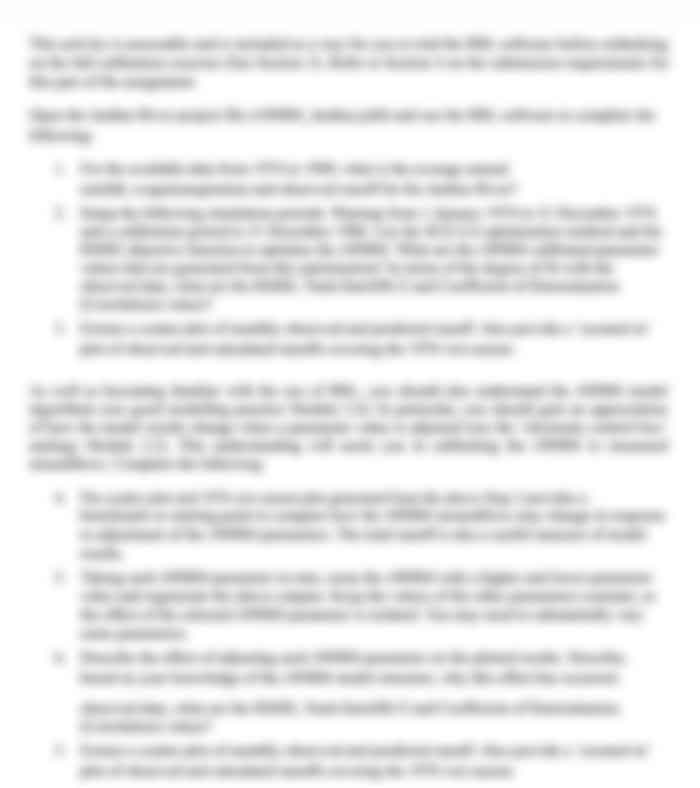Client Meeting Questions: DHL's Obligations and Legal Considerations
TASK TWO
Client Meeting Notes
Questions to be asked at the meeting
DHL is the developer in the given scenario and hence has several obligations in relation to securing the safety of the building as well as the visitors. When a construction is in process and developer is the occupier of the construction premise, the developer owes several duties as the occupier of the construction premise. Any injury suffered by a visitor or a third party can lead to the imposition of heavy penalties for the purpose of compensating the injured person.
First it is important to ask whether the client has reviewed and checked about any danger or risk in the premise that exists or can arise in the process of construction. It is essential for the client to acknowledge the safety gaps and risks. In this regard, it is reasonable for a construction company to have the professional capacity to identify any safety risks that can lead to the infliction of harm and the gaps in the safety measures required for high risk buildings.
For this purpose, it is important to ask the client whether sufficient measures have been taken to prevent any unsafe area or measures to ensure that the premise does not contain any unsafe material for the visitors. This is because any injury that is caused to the visitors in the construction premise would impose legal obligation on DHL. DHL as the occupier has the obligation to take active measures to mitigate any risk that can be posed by unsafe premise condition.
It is also important to ask whether a warning sign has been installed at the construction site to make the visitors aware of any danger within the premise. Such a warning sign in the form of a disclaimer can be helpful in reducing or preventing liability in case of injuries to the visitors. If a warning sign was not installed, it is difficult to defend the position of an occupier who kept the premise unsafe for visitors and trespassers.
Lastly, it has to be asked how DHL is planning to compensate Robert Green who broke his ankle because of uneven surface because paying damages is important to get discharged from liability.
How the law applies?
The person who is in control of the premise, has to secure the safety and otherwise pay compensation for damages as shown in the landmark case of Wheat v E Lacon & Co Ltd [1966]. To be more specific, section 2 of the 1957 Act imposes a duty on the occupier to ensure that the visitors are reasonably safe in using the premise. Section 2(3) further extends the scope by stating a presumption that children are less careful than adults and hence a proper degree of care is expected from the occupier of a premise. For third parties, section 3 of the Act imposes a duty on the occupier towards third party visitors as well. However, Robert Green is not an invited visitor and rather a trespasser who falls under the scope of Occupiers Liability Act 1984. According to section 3 of the 1984 Act, a duty is owed to trespassers if the occupier has reasonable grounds to believe that danger exists. Hence, if DHL is aware of the danger or has reasonable grounds to believe that danger exists in the premise, and has reasonable grounds to believe that a trespasser might enter the premise, then DHL has the obligation to ensure the safety of the trespasser. The decision in Thomas v British Railways Board [1976] showed that possibility of danger to even a trespasser cannot be ignored if it is reasonable to believe that trespassers might enter the premise. In this regard, it has to be seen whether DHL had reasonable grounds to believe that trespasser can come and hence should put a warning sign to get absolved from liability. But to determine the extent of liability, it is important to look at the likelihood of injury to the visitor, seriousness of the injury and the cost of prevent measures that can be deployed by the occupier. Section 3(c) of the 1984 Act requires the occupier to offer protection when danger can reasonably be expected which has been affirmed by the decision in Harris v Birkenhead Corporation [1976].
Such a position can be supported by the decision in Ward v. Tesco Stores Ltd. [1976] where the court clarified the liability of occupier in case of slip and trip suffered by the visitors due to unsafe premise. Therefore, DHL cannot be negligent in this regard which otherwise can lead to the imposition of huge financial compensation if damages are proved. Although an occupier can defend the position by showing unforeseeable risk, reasonable safety, unreasonable for occupier to hold liability or even contributory negligence from the visitors even though warning sign was installed.
Legal remedies and options
Before going into the remedies, it is important to note that a warning sign that discharge DHL from liability in this regard as seen from the decision in Westwood v Post Office [1973]. In this case it was held that depending on the circumstances, a warning sign may be sufficient to provide reasonable notice to others and shift the burden on the visitors who are not careful enough. Hence, providing a warning sign is considered a reasonable step to prevent injury. In case visitors suffer damages, DHL has the obligation to compensate for personal injury and for any property damages if section 3 of the 1984 Act is satisfied. Given the expertise and professional knowledge, it is reasonable for DHL to believe that unsafe premise and absence of warning sign might put a visitor or trespasser at risk of injury. If the risk and injury are significant, the visitor can seek damages under Occupier Liability Act 1957 for personal injury and property damages and only personal injury for non-visitors under Occupiers Liability Act 1984. Lastly, the other option available is to establish the negligence of the visitor and show that there was not sufficient ground to reasonably believe the existence of risk or danger as per section 3 of Occupiers Liability Act 1984.
TASK THREE
To: Same Clarke
From: Associate
Date: 12/7/2024
Re: Ashley White; breach of covenant; transfer of property
Dear Sam,
This is to draw your attention to the fact that there are some issues in relation to the situation of our client, Ashley White. There is a possible breach of the covenant due to the construction of building near the boundary as well as the failure of the purchaser to construct a fence within 6 months of the transfer.
The first covenant is a restrictive covenant to refrain from erecting any building on the property whereas the second covenant is a positive covenant that requires an action from owner of the paddock to construct a fence. Since refraining from building anything on the property does not require any expense it is a negative convenant as per Haywood v Brunswick Permanent Benefit Building Society (1881) 8 QBD 403. It is reasonable to say that the covenant only restricts the construction of buildings on the property and hence a construction done that not on the property and rather close to the property is not in violation of the covenant. Hence, the covenant in this regard does not limit the entitlement of the current owner to construct building on adjacent land. Alan Smith started the construction of the field shelter close to the boundary of Ashley White.
In addition to that, the obligation to maintain a boundary fence to divide between the sellers land is required to be erected by Alan Smith since he is the new owner. Now the fact that John Wilson has sold the property to Alan Smith might lead to the transfer the obligation to Alan Smith. As per section 78 of the Law of Property Act 1925, a restrictive covenant applies to all the following owners and hence the restrictive covenant applies for Alan Smith as well. Therefore, in summary, there has been a breach of the covenant in relation to construction of the fence but not in connection to the construction building close to the boundary.
Now, it must be noted that according to section 82 of the Law of Property Act 1925, a covenant is enforceable when it has been entered into by the parties. Further, unless contrary intention can be shown, the burden of a covenant is to be borne by the successive owners as per section 79 of the Act. It means that Ashley White was supposed to erect a boundary fence within 6 months. Hence, if the land is transferred to Alan Smith within 6 months, John Wilson will not have the obligation to erect and fence and would rather require Alan Smith to do so. Hence, the position of the client, Ashley White is clear if the transfer of property has been executed properly and unless contrary intention can be shown. In addition to that, Alan Smith being a bona fide purchaser of the concerned land, stands to benefit from the covenant and hence is also required to comply with the restrictions based on Pilcher v Rawlins (1871).
As far as the options are concerned, Ashley White, the Upper Tribunal can be approached under section 84 of the Act to enforce the restrictive covenant against the current owner and a breach of covenant might entitle Ashley White to financial penalties or specific performance.
Thanks and regards,
Associate
Dated: 12/7/2024
Are you struggling to keep up with the demands of your academic journey? Don't worry, we've got your back!
Exam Question Bank is your trusted partner in achieving academic excellence for all kind of technical and non-technical subjects. Our comprehensive range of academic services is designed to cater to students at every level. Whether you're a high school student, a college undergraduate, or pursuing advanced studies, we have the expertise and resources to support you.
To connect with expert and ask your query click here Exam Question Bank

